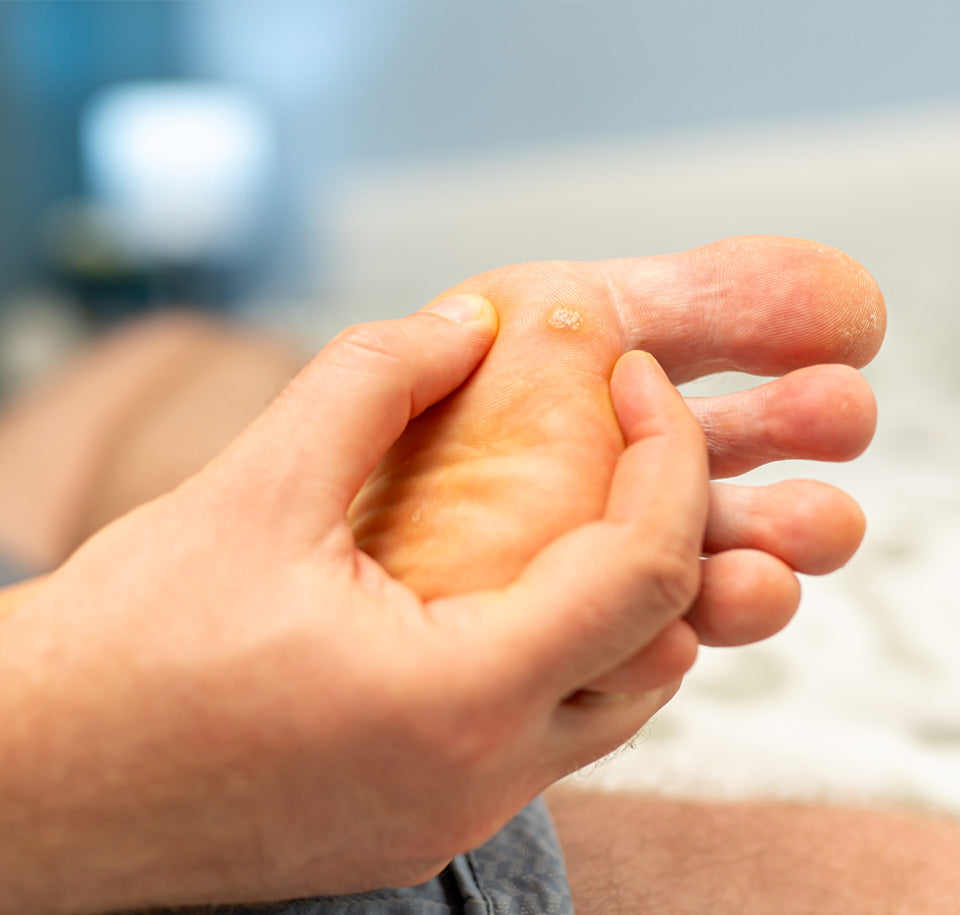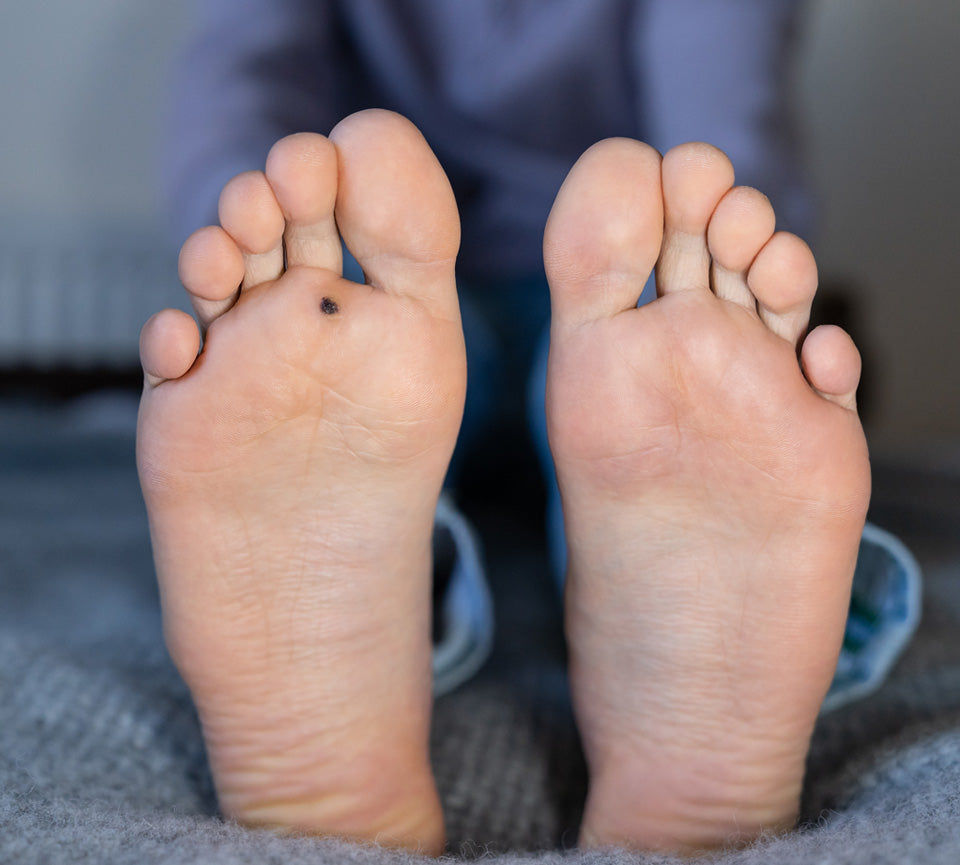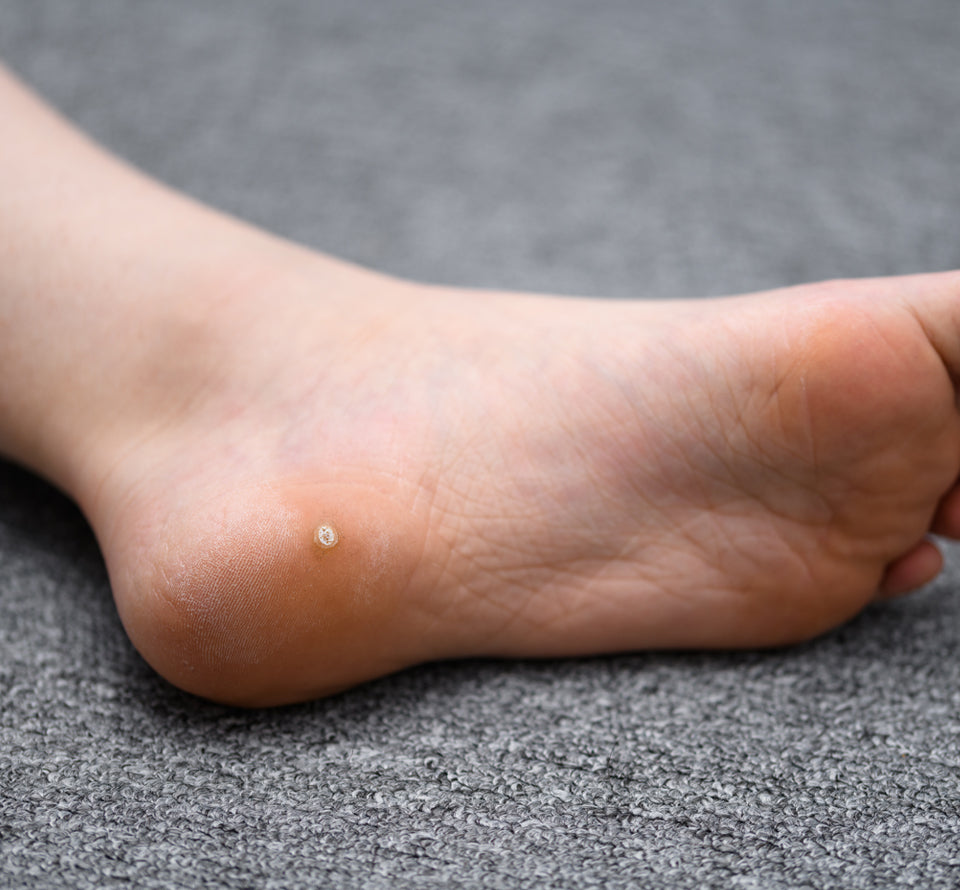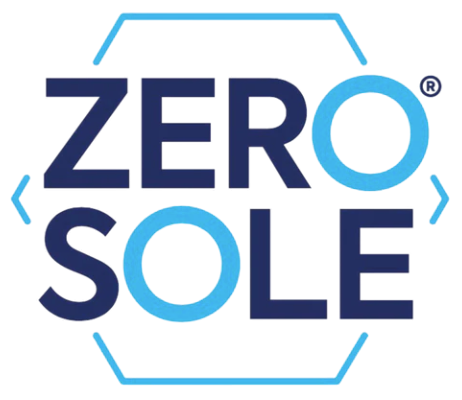
Warts & Verrucas
What is a verruca?
Verrucas are small lumps that may be hard or rough in appearance, which often develop on the skin of the feet. They can present as a single lump or in clusters, and are more common in children. Unlike corns and calluses, which can look similar to verrucas, verrucas are caused by a viral infection, from certain strains of the human papillomavirus (HPV). There are many different strains of this virus which can cause different types of verrucas.
What is a wart?
A wart is a type of skin imperfection that can occur on any part of your skin. Verruca is the specific term for a wart that develops on your feet.

What causes verrucas?
What causes warts such as verrucas is the human papillomavirus (HPV). Warts and verrucas can be passed on to another person through direct skin-to-skin contact or through skin contact with an object or surface that has been contaminated by HPV. You’re more at risk if your skin is damaged or wet. As a result, common high-risk surfaces include:
- The floors of communal changing areas or showers
- Communal areas around swimming pools
- Shoes
The best foot wart treatment is to avoid catching or spreading verrucas. To do this:
Do ✓
- Practise good foot hygiene: e.g., change your socks daily, keep your feet clean and dry.
- Keep your feet covered in communal areas: e.g., wear flip flops at the poolside & in showers.
- Keep the verruca covered with a waterproof plaster or verruca sock when swimming or doing PE at school.
Don’t X
- Do not pick your verruca, as this can cause it to spread to other areas.
- Do not share personal items such as socks, shoes or towels with someone who has a verruca.
- Do not touch other people’s verrucas or warts.

Will I need treatment?
Warts & verrucas usually clear up on their own. However, the time it takes for the HPV to leave your system varies from person to person. This can range from weeks to a couple of years. If you have any health conditions that affect your immune system, verrucas may last significantly longer.
People most commonly seek verruca treatment if the condition is causing significant pain, distress or embarrassment.
What are the treatment options?
- Relieve pressure: If the verruca is on a weight-bearing part of your foot or rubbing against your shoes, this may cause pain. In these cases, reducing pressure from the verruca can help manage this discomfort. If the verruca is on the sole of the foot, pressure-relieving insoles, such as the ZeroSole Reliever insole, can help to reduce pressure and pain. Alternatively, if it is the toes that are affected, pressure relieving toe sleeves such as ZeroSole Toe Guards can help.
- Chemical treatments, e.g., salicylic acid: These chemical treatments are applied to warts/verrucas to kill affected skin cells. They can be purchased from pharmacies and are available in the form of creams, gels and medicated plasters. It’s not advisable to use chemical treatments over a prolonged period, as this can cause damage to the surrounding healthy skin.
- Cryotherapy (freezing treatments): In this form of treatment, liquid nitrogen is applied to the wart or verruca to destroy the affected skin cells. This service can be provided by a healthcare professional, such as a podiatrist or some GPs.
- Taping the verruca: There is increasing evidence to suggest that obstructing the verruca by keeping it covered with a plaster or skin tape can effectively treat the condition. This will also help to prevent the verruca from spreading to other people.
Consult your GP or a health care professional if you are not able to sufficiently manage your symptoms at home, or if you notice any weeping, discharge, bleeding or unusual changes to your wart or verruca.
